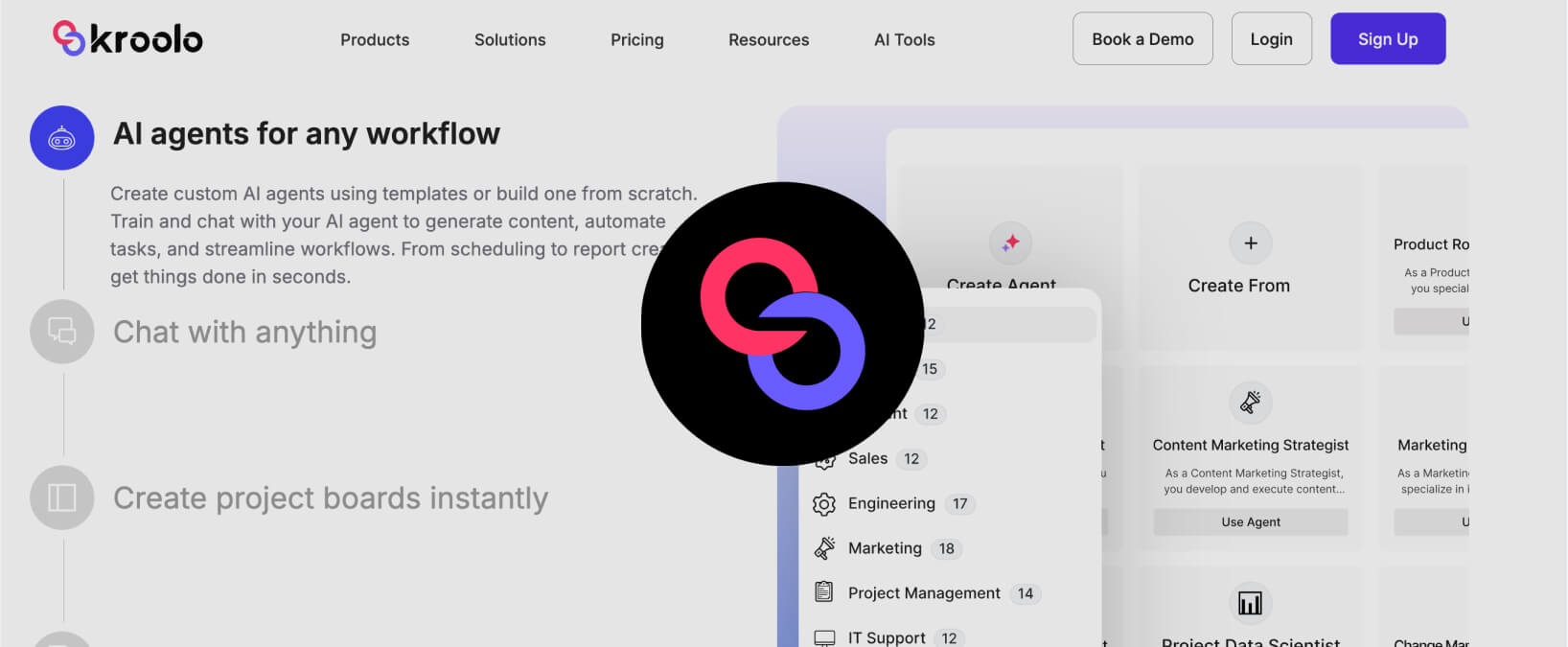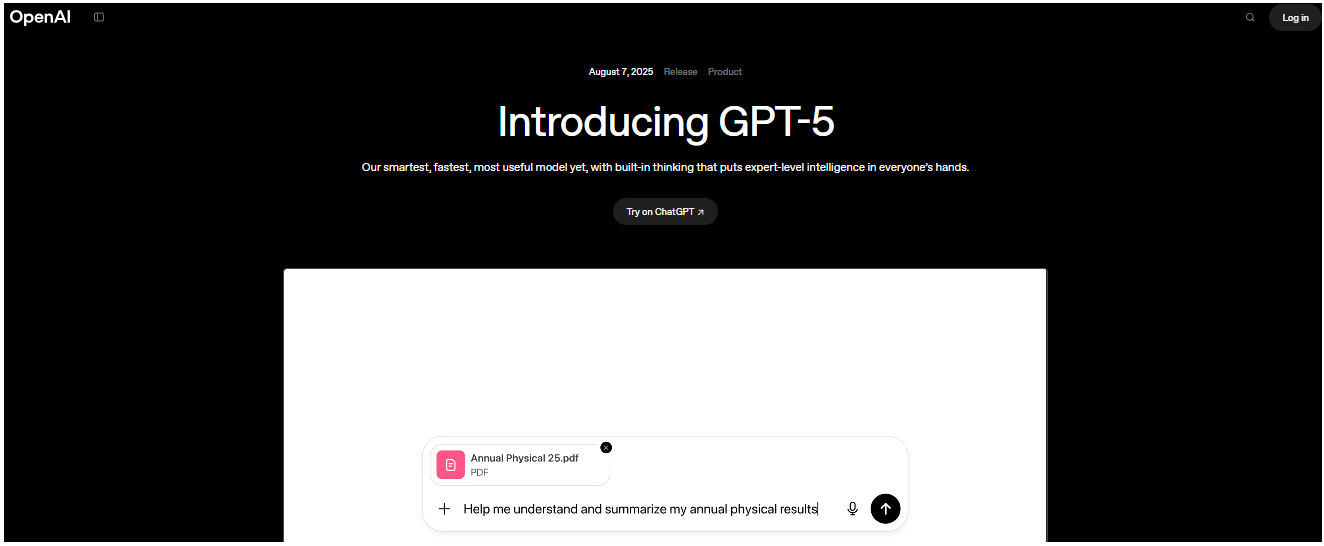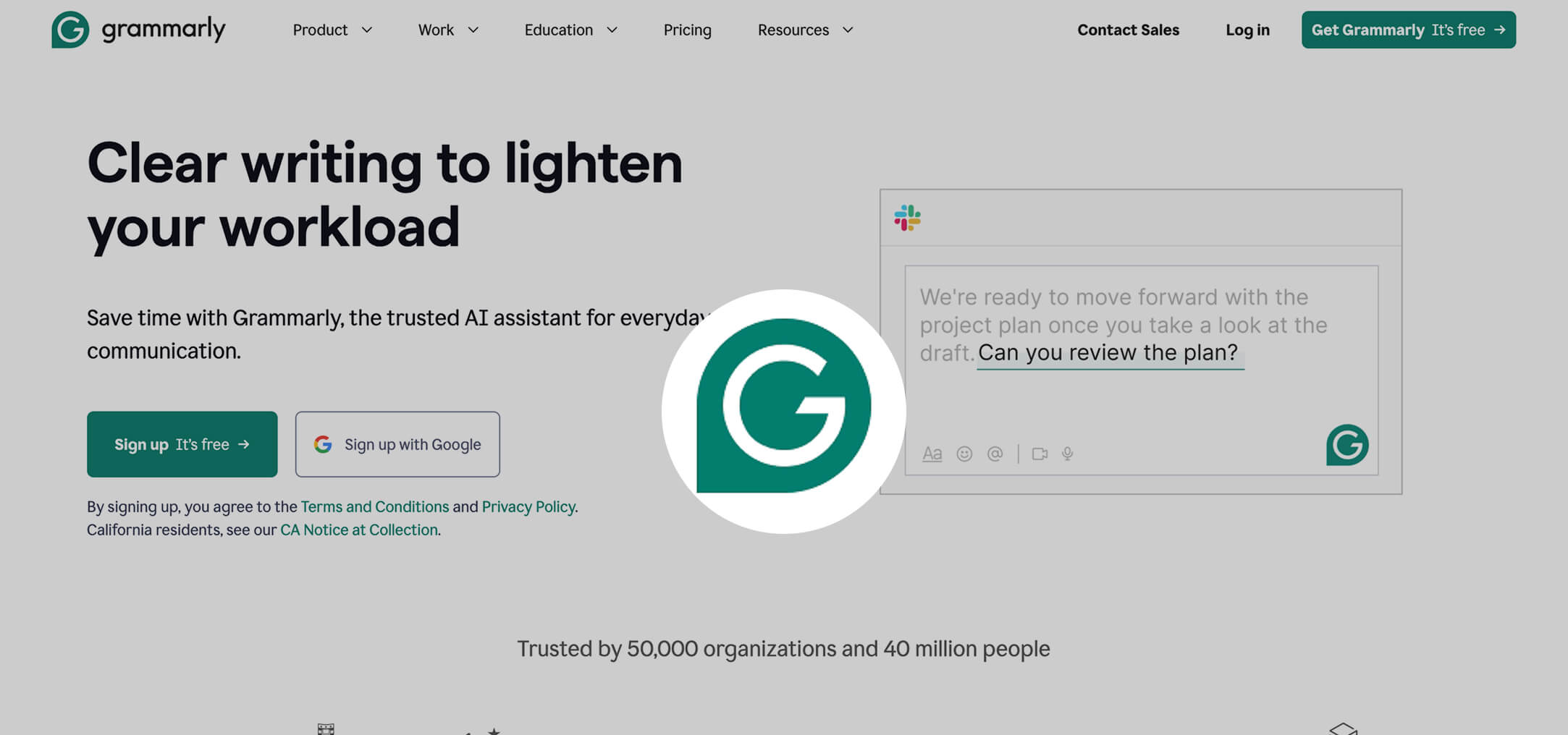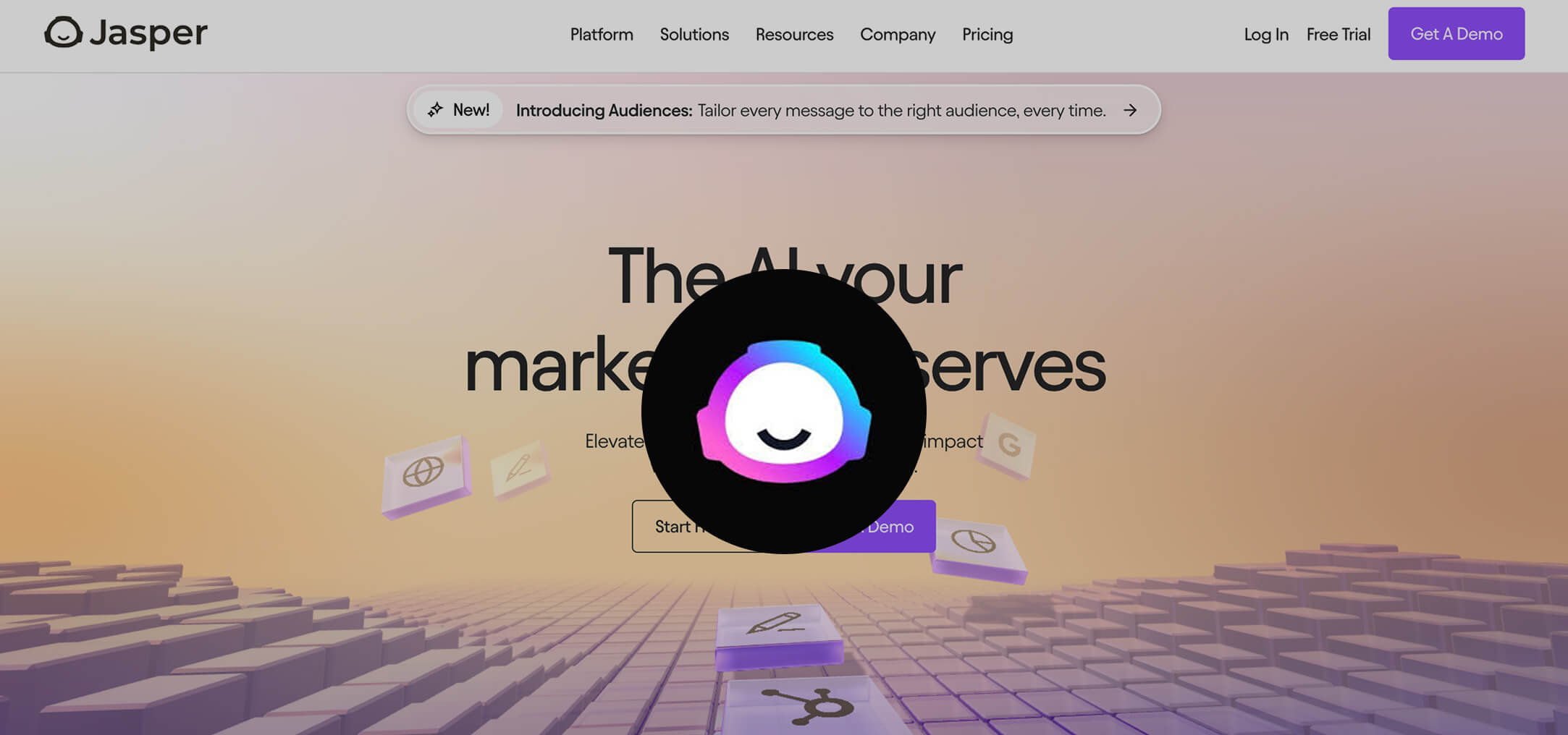


Sep 09, 2025
-
By Clive

![]() AI Summary By Kroolo
AI Summary By Kroolo
AI didn’t come to replace writers—it showed up with extra coffee and a keyboard upgrade.
In 2025, AI writing tools have evolved far beyond grammar checks. They now shape tone, adapt to brand voice, and understand context, making them valuable partners for content creators, businesses, and professionals.
With so many options available, finding the right fit can be overwhelming. This guide highlights the Top 6 AI Writing Tools of 2025, showcasing their standout features and how they can make your writing sharper, smarter, and faster
AI writing tools are software that utilize artificial intelligence technologies like natural language processing (NLP) and large language models to automate and optimize writing processes. These tools enable efficient content generation, editing, and refinement, making them crucial for individuals and businesses seeking productivity and quality in digital communication. Modern AI writing tools use machine learning algorithms trained on vast datasets to understand context and suggest improvements.
Here comes the top-notch features of AI Writing Tools that makes these writing assistance one of their kind.
1. Content Generation
Modern AI tools go far beyond quick text production. Users can now prompt them to create high-quality blog posts, in-depth articles, compelling product descriptions, or even email campaigns with remarkable fluency. These platforms can adapt tone and style to suit different audiences—whether that’s a formal business report, a casual newsletter, or a persuasive marketing pitch—helping users save significant time while maintaining consistency.
2. Grammar and Style Checks
While spelling and grammar checks have been around for years, today’s AI writing assistants provide far more advanced linguistic support. They not only correct grammatical and punctuation errors but also offer real-time suggestions on tone, sentence flow, and readability. This ensures that your writing remains error-free, polished, and aligned with professional standards or brand guidelines.
3. SEO Optimization
Content creation is only as effective as its reach. That’s why many AI writing tools now come equipped with SEO-driven capabilities. They can recommend keywords, improve sentence structure for search ranking, and ensure meta descriptions, headings, and formatting meet SEO best practices. This turns every draft into a more discoverable and high-performing piece of content.
4. Summarization and Paraphrasing
For professionals working with extensive research or long reports, AI-powered summarization is a game-changer. These tools can quickly condense lengthy passages into concise overviews without losing key information. Additionally, paraphrasing features help reframe content for clarity, uniqueness, and different audience levels—making them especially useful for academic writing, content repurposing, and simplifying complex material.
5. Outlining and Idea Generation
Writer’s block is no longer a productivity killer. AI tools excel at brainstorming fresh topics and generating structured outlines. Whether you need a detailed framework for a blog post, chapter breakdowns for a book, or content pillars for a marketing campaign, these tools provide a solid foundation to build on—helping writers kick-start projects with focus and creativity.
6. Personalized Recommendations
One of the most exciting advancements in 2025 is personalization. AI tools can now analyze your writing style, preferences, and content history to provide tailored suggestions. From topic ideas that align with your niche to tone adjustments that match your brand’s identity, these recommendations ensure the assistant feels less like a one-size-fits-all tool and more like a dedicated writing partner.
The effectiveness of an AI writing tool hinges on several core attributes:
Accuracy and language fluency:
Top tools generate clear, grammatically correct, and contextually appropriate content that matches human writing standards.
Customization and adaptability:
Effective AI writing platforms offer options to adjust tone, style, formality, and writing format based on audience or use case.
SEO optimization:
Integration of keyword suggestions, meta-data generation, and SEO scoring elevates content visibility on search engines.
User-friendly interface:
A well-designed dashboard and intuitive workflow make it easy for users to generate, review, and publish content without steep learning curves.
Collaboration tools:
Support for multi-user editing, version control, and messaging facilitate teamwork in content creation.
Research capabilities:
Superior tools allow users to research topics, analyze competitor pages, and gather relevant data within the writing environment.
Plagiarism detection:
Ensuring originality and credibility by flagging copied material.
Accessibility features:
Tools that support text-to-speech, language translation, and assistive technologies promote inclusion.
Integrations:
Compatibility with other platforms (e.g., Google Docs, CMS, project management systems) accelerates workflow and improves productivity.
Data privacy and security:
Reliable platforms prioritize user privacy and protect sensitive data.
Several AI writing tools stand out in today’s market, each offering unique features and strengths:
 Kroolo is more than just a writing assistant—it positions itself as a comprehensive productivity and AI-powered teamwork platform. Beyond generating polished content like blog posts, reports, and emails, Kroolo integrates project management and collaboration tools.
Kroolo is more than just a writing assistant—it positions itself as a comprehensive productivity and AI-powered teamwork platform. Beyond generating polished content like blog posts, reports, and emails, Kroolo integrates project management and collaboration tools.
This makes it especially useful for remote teams and businesses seeking an all-in-one solution that combines writing assistance with task organization. Its AI-driven content engine ensures clarity and relevance, while built-in integrations help streamline workflows, making it a strong contender for professionals who want both creativity and efficiency in one place.

ChatGPT continues to be one of the most versatile writing assistants available. Powered by conversational AI, it allows users to generate a wide range of content—from long-form articles to quick marketing copy—simply by giving prompts.
With custom instruction settings, users can fine-tune tone, voice, and response styles, making it adaptable for personal or professional workflows. Plug-in support further elevates its usefulness, enabling integration with external apps for tasks like research, drafting, or workflow automation. One of ChatGPT’s biggest strengths is its ability to mirror human-like writing styles and adapt based on ongoing user feedback, making it feel less like a tool and more like a collaborative partner.

Grammarly has cemented its role as a must-have assistant for anyone looking to improve the clarity and polish of their writing. It goes beyond simple spell-checking, offering real-time suggestions on grammar, word choice, sentence structure, style, and even tone.
Its browser extension, desktop app, and integration with popular platforms like Google Docs and Microsoft Word make it easily accessible. For teams, Grammarly offers collaboration features and style guides, ensuring consistency across business communications. In 2025, it remains the industry leader in refining content so it is professional, error-free, and reader-friendly.

Jasper is widely regarded as one of the best tools for marketers, bloggers, and social media managers. It specializes in creating persuasive copy, blog posts, product descriptions, and even entire marketing campaigns. Its advanced SEO capabilities help optimize keywords and structure, ensuring better visibility in search rankings.
Jasper’s adaptable tone-of-voice feature allows businesses to keep messaging consistent with their brand identity, while its auto-generated outlines and drafts speed up content creation. It’s a go-to platform for users who want content that’s not only well-written but also strategically aligned with marketing objectives.

Writer is designed with enterprises in mind, making it a standout choice for organizations that prioritize brand consistency and compliance. Unlike general-purpose AI writing assistants, Writer enables businesses to embed style rules, brand guidelines, and compliance requirements directly into the tool.
This ensures that every piece of content—from emails to reports—remains on-brand and legally sound. Writer also integrates easily into collaborative workflows, allowing teams to co-create and edit within shared environments. Companies that want to maintain a strong brand identity across all written communication often turn to this tool.
Copy.ai has become a favorite among marketers and small businesses for its speed and simplicity. It excels at quickly generating ad copy, product descriptions, email templates, and social media captions. Its brainstorming features make it particularly useful for ideation, helping teams come up with fresh campaign angles and engaging headlines. The platform’s emphasis on concise, engaging writing makes it ideal for users who need content that grabs attention fast—without spending hours finessing every word.

Sudowrite stands apart by focusing on creative writing rather than purely business or marketing use cases. Geared toward novelists, screenwriters, and storytellers, it offers features for idea generation, character development, and plot expansion.
Writers can use it to overcome creative blocks, experiment with narrative styles, or even expand short writing prompts into rich, detailed storylines. This makes Sudowrite invaluable for those in creative fields or anyone looking to blend imagination with the efficiency of AI-powered drafting.
✨ This expansion strikes a balance between professional detail and conversational readability, giving each tool its own personality and niche.
|
|
|
|
|
|
|
|
|
|
|
|
|
|
|
|
|
|
|
|
|
|
|
|
|
|
|
|
|
|
|
|
|
|
|
|
|
|
|
|
|
|
|
|
|
|
|
|
|
|
|
|
|
|
|
|
Each tool offers its own strengths: Jasper excels for SEO-focused marketers, Grammarly enhances text mechanics, and ChatGPT is perfect for generative tasks across industries.
Kroolo stands out as an AI-powered project management and productivity platform, seamlessly integrating top-tier writing assistance with robust workflow features. What sets Kroolo apart from generic AI writing tools is its fusion of task management and AI-driven creative productivity, tailored for modern teams and solo creators.
Kroolo brings together writing, editing, ideation, and project tracking in one place, eliminating the friction of switching between separate tools. This boosts productivity and lets teams focus on delivering quality content fast.
Using advanced NLP and machine learning, Kroolo’s writing assistant generates high-quality drafts, optimizes for grammar and style, and incorporates SEO best practices automatically.
Kroolo streamlines topic research by summarizing competitor content, gathering keyword insights, and converting research findings into actionable outlines—all within the platform.
Unlike standalone writing tools, Kroolo tracks deliverables, assigns tasks, manages timelines, and documents revisions, ensuring accountability and transparency throughout the content lifecycle.
Kroolo facilitates multi-user writing and editing, comment threads, and approval workflows so teams can co-create and polish content together, even when distributed across locations.
Kroolo’s AI can help users brainstorm new content topics, structure large writing projects, and automate repetitive writing and research tasks, supporting creativity at every stage.
Kroolo flags potential plagiarism, offers style consistency checks, and ensures every piece matches brand or personal communication guidelines.
The platform includes features like text-to-speech, translation, and deep integrations with popular CRMs, marketing platforms, and content management systems.
Kroolo isn’t just an AI writing tool—it’s a holistic productivity engine built for the demands of fast-moving digital teams. Its combination of AI-driven creativity and rigorous project management makes it an essential platform for businesses that treat content as a core growth asset.
For any organization or creator seeking speed, quality, collaboration, and visibility, Kroolo provides the best-in-class AI writing tools—empowering users to ideate, produce, and manage content at scale.
Tags
Software
AI